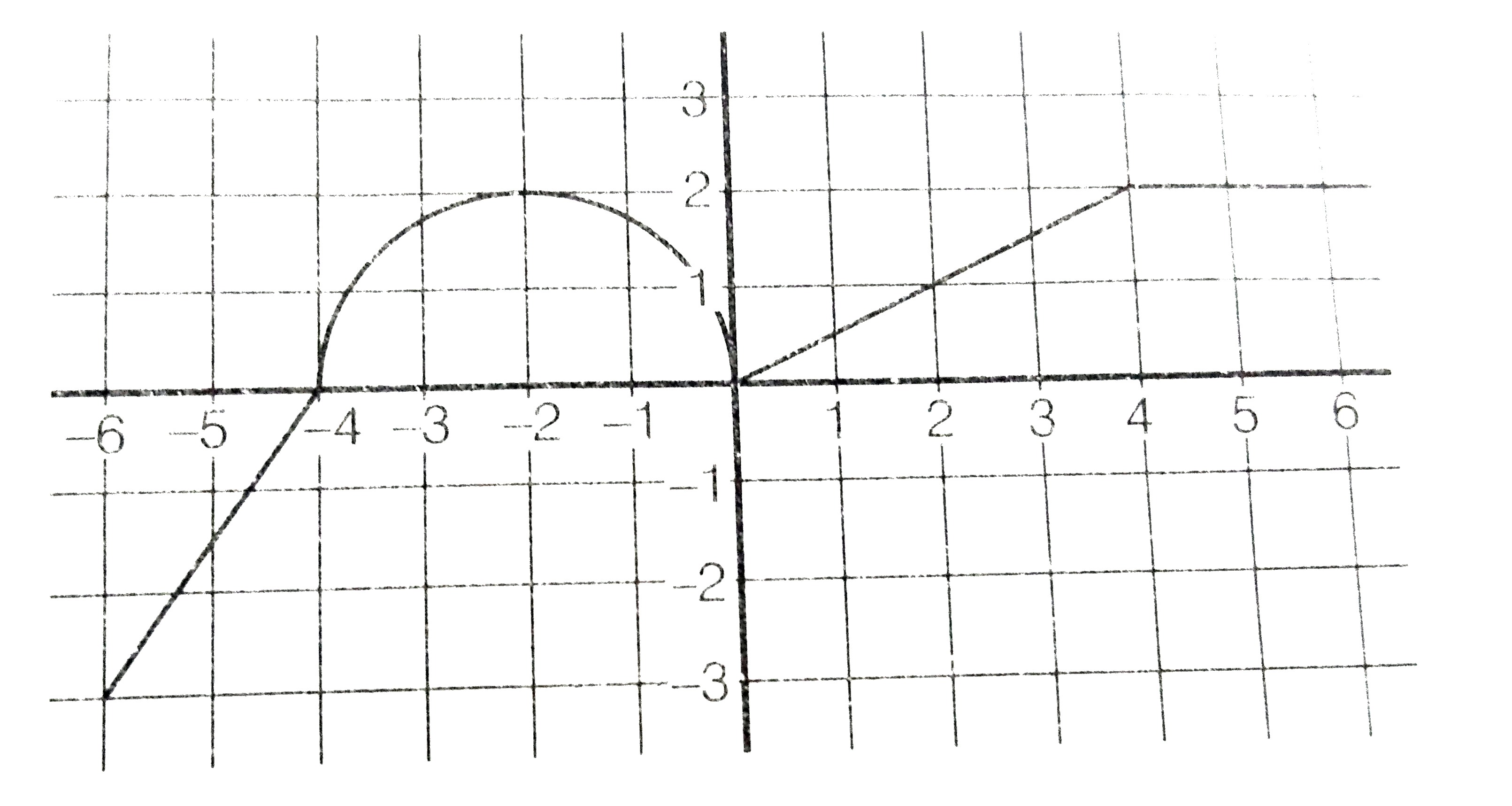The graphs given below depict the dependence of two reactive impedances X1 and X2 on the frequency of the alternating e.m.f. applied individually to them. We can then say that
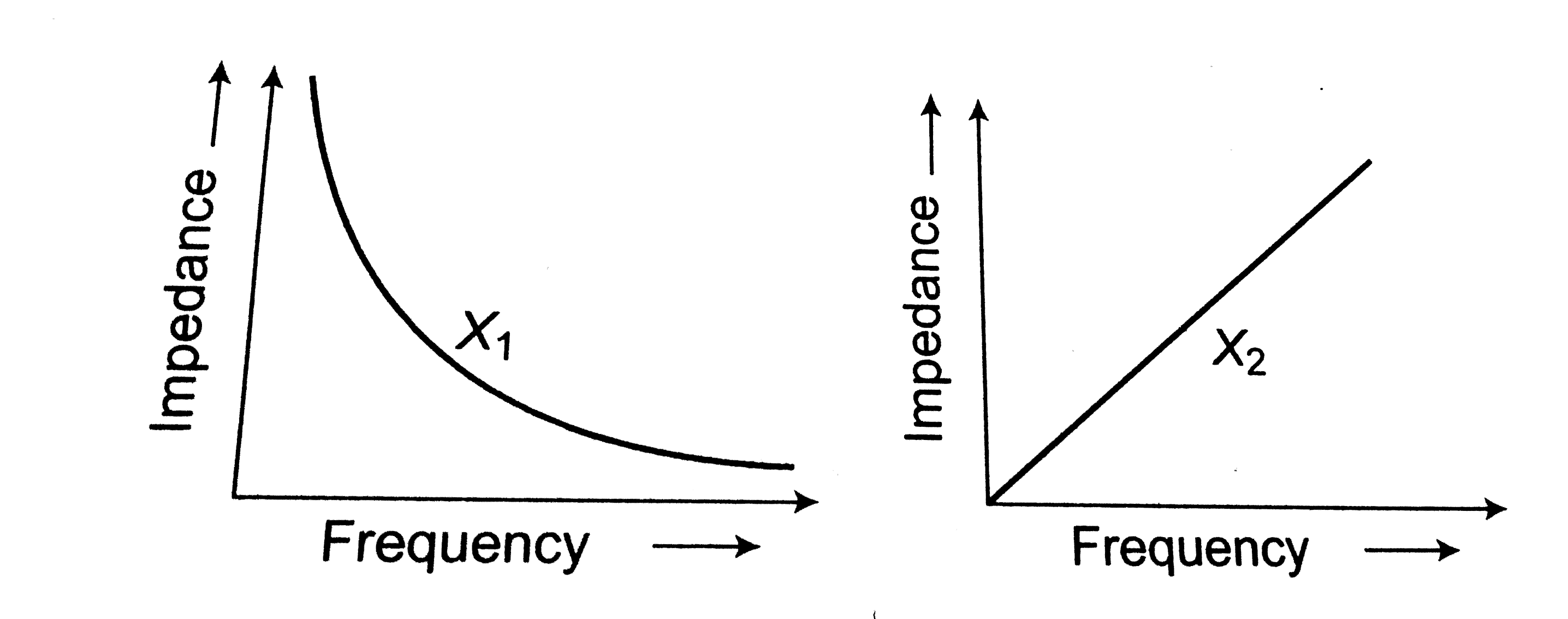
X1 is an inductor and X2 is a capacitor
X1 is an resistor and X2 is a capacitor
X1 is an capacitor and X2 is ainductor
X1 is an inductor and X2 is a resistor
The correct Answer is:C
We have XC=1C×2πf and XL=L×2πf
Topper's Solved these Questions
- ALTERNATING CURRENTBOOK - A2ZCHAPTER - ALTERNATING CURRENTEXERCISE - Different Ac Circuits
30 Videos
- ALTERNATING CURRENTBOOK - A2ZCHAPTER - ALTERNATING CURRENTEXERCISE - Power In Ac Circuits
21 Videos
- ALTERNATING CURRENTBOOK - A2ZCHAPTER - ALTERNATING CURRENTEXERCISE - Section D - Chapter End Test
30 Videos
- ATOMIC PHYSICSBOOK - A2ZCHAPTER - ATOMIC PHYSICSEXERCISE - Section D - Chapter End Test
30 Videos
Similar Questions
Knowledge Check
The graphs given below depict the dependence of two reactive impedances X1 and X2 on the frequency of the alternating e.m.f. applied individually to them. We can then say that
 AX1 is an inductor and X2 is a capacitorBX1 is an resistor and X2 is a capacitorCX1 is an capacitor and X2 is ainductorDX1 is an inductor and X2 is a resistor
AX1 is an inductor and X2 is a capacitorBX1 is an resistor and X2 is a capacitorCX1 is an capacitor and X2 is ainductorDX1 is an inductor and X2 is a resistorFigure (i) and (i) show the displacement-time graphs of two particles moving along the x-axis. We can say that
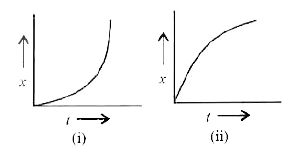 Aboth the particles are having a uniformly retarded motionBboth the particles are having a uniformly acceleraled motionCParticle (1) is having a uniformly accelerated motion while particle (i) is having a uniformly retarded motionDParticle (i) is having a uniformly retarded motion while particle (ii) is having a uniformly accelerated motion
Aboth the particles are having a uniformly retarded motionBboth the particles are having a uniformly acceleraled motionCParticle (1) is having a uniformly accelerated motion while particle (i) is having a uniformly retarded motionDParticle (i) is having a uniformly retarded motion while particle (ii) is having a uniformly accelerated motionFigures (i) and (ii) below show the displacement-time graphs of two particles moving along the x -axis. We can say that
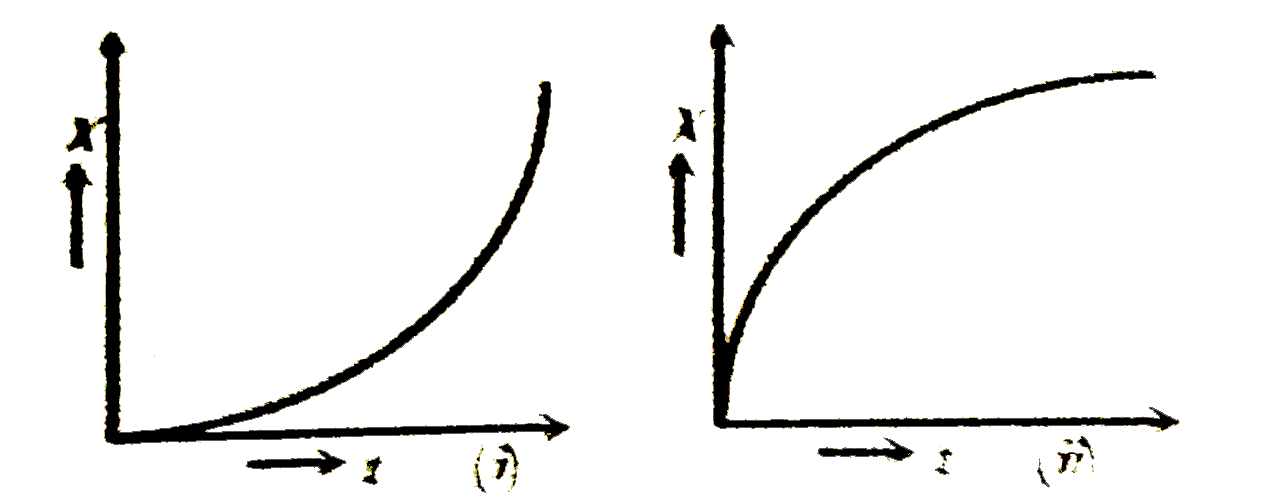 ABoth the particles are having a uniformly accelerated motionBBoth the particles are having a uniformly retarded motionCParticle (i) is having a uniformly accelerated motion while particle (ii) is having a uniformly retarded motionDParticle (i) is having a uniformly retarded motion while particle (ii) is having a uniformly accelerated motion
ABoth the particles are having a uniformly accelerated motionBBoth the particles are having a uniformly retarded motionCParticle (i) is having a uniformly accelerated motion while particle (ii) is having a uniformly retarded motionDParticle (i) is having a uniformly retarded motion while particle (ii) is having a uniformly accelerated motion
The graphs shown in Fig. represent the variation of opposition offered by the circuit element of the flow of a.c. with frequency of applied e.m.f. Iddntify the circuit element .
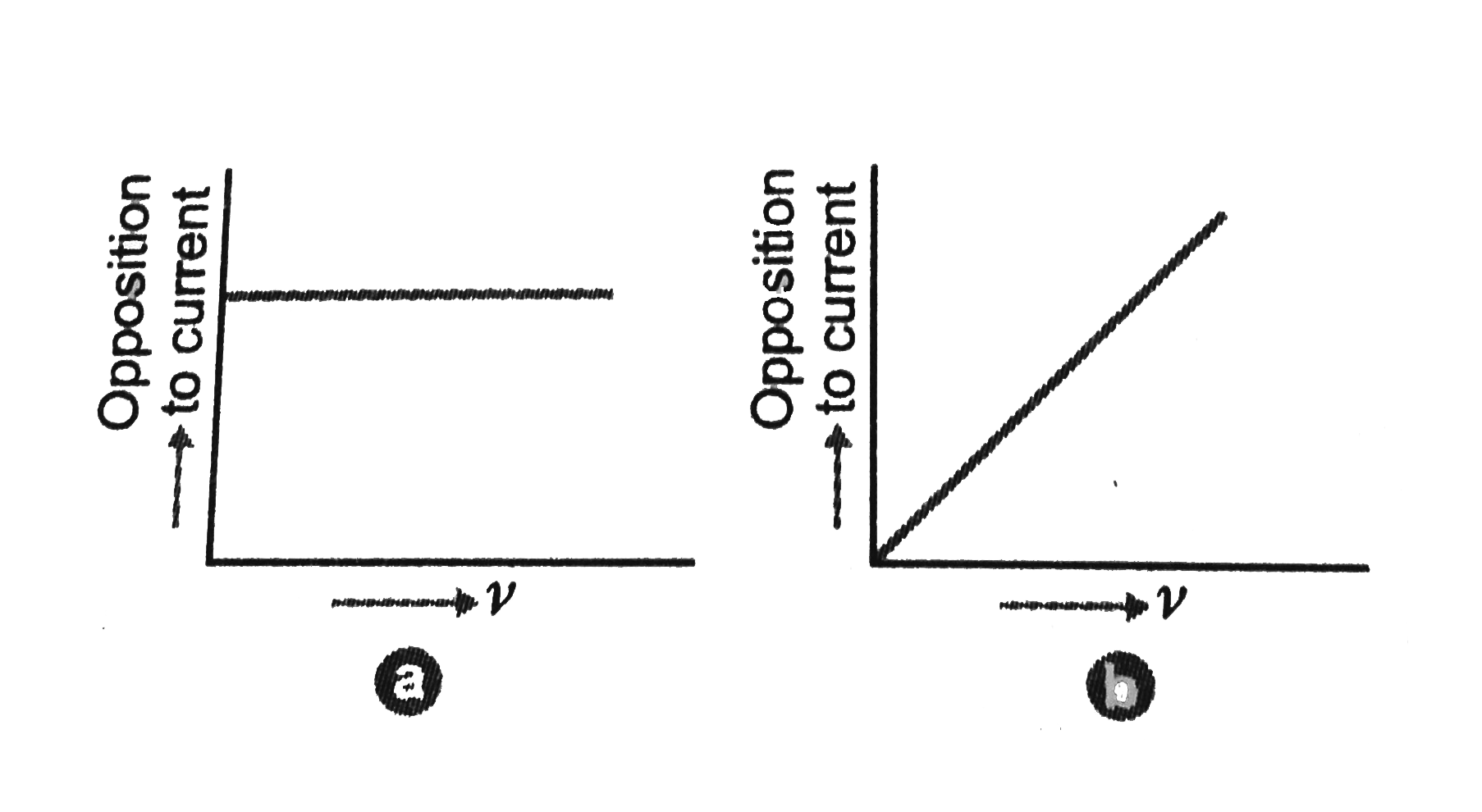
View SolutionThe graph of y=f(x) is given below
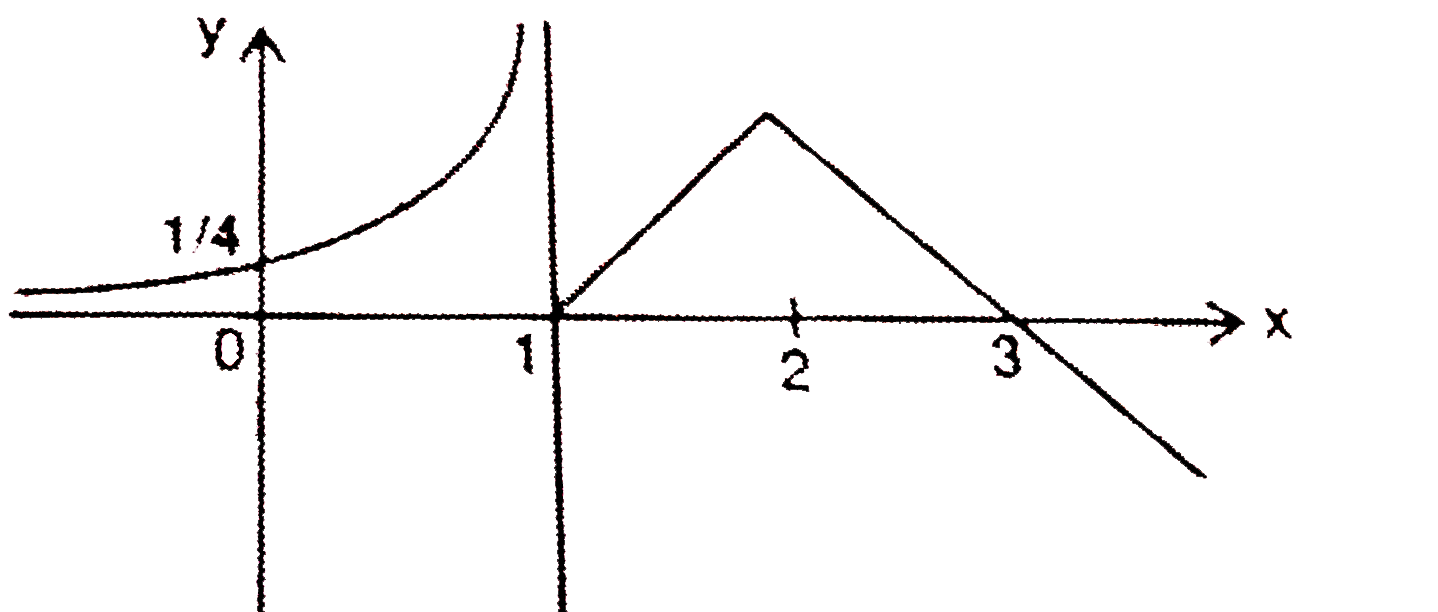
then the graph y=|f(|x|)| is :
View SolutionIn a series LCR circuit, impedance Z is same at two frequencies f1 and f2. Therefore, the resonant frequency of this circuit is
View SolutionIf the frequency of alternating e.m.f. is in L−C−R circuit, then the value of impedance Z will change with log (frequency) as
View SolutionStudents A and B connect the two resistors R1 and R2 given to them in the manners shown below :

and then insert them at X and Y into the measuring circuit shown below :
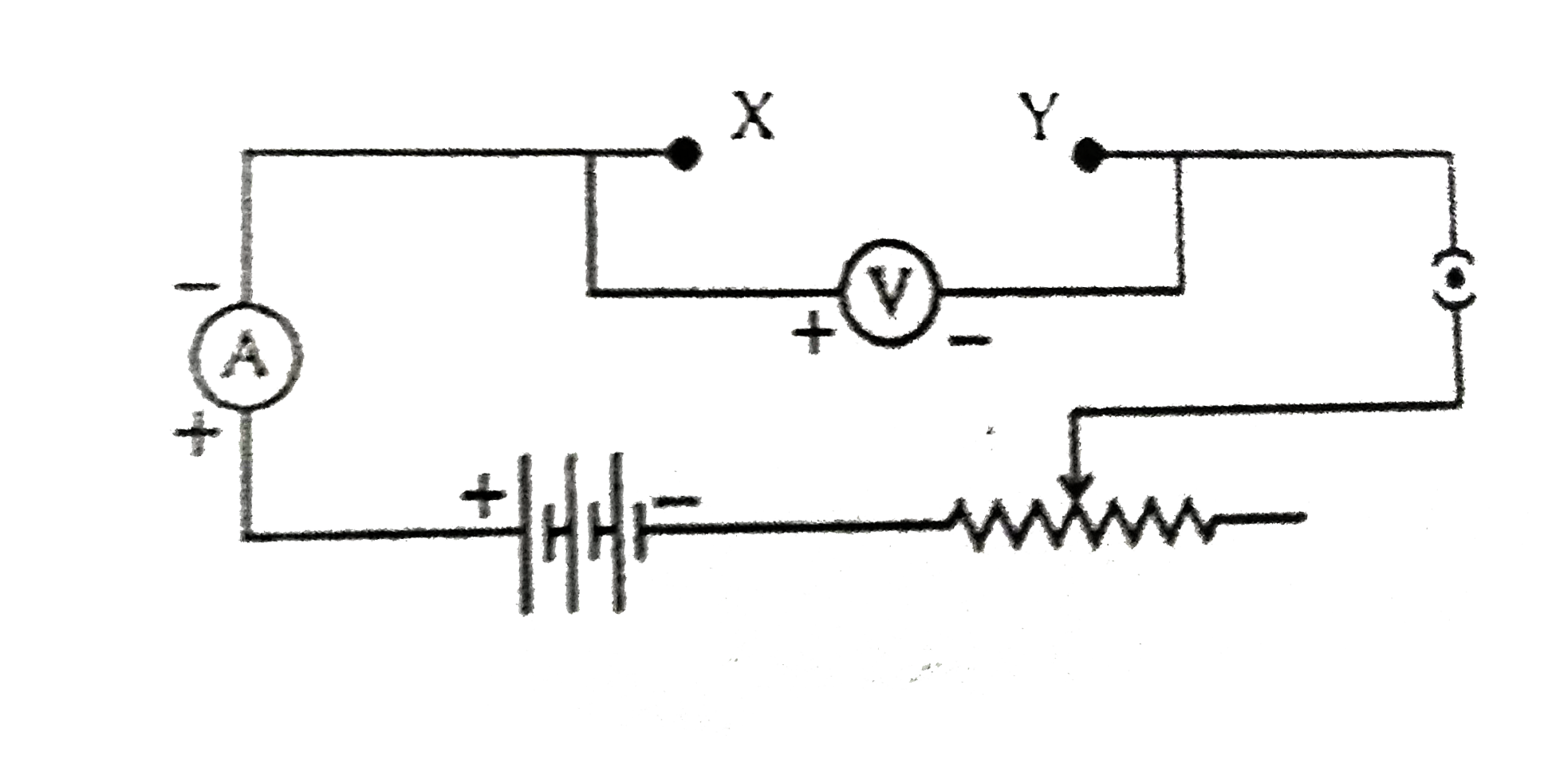
We can then say that
View Solution

